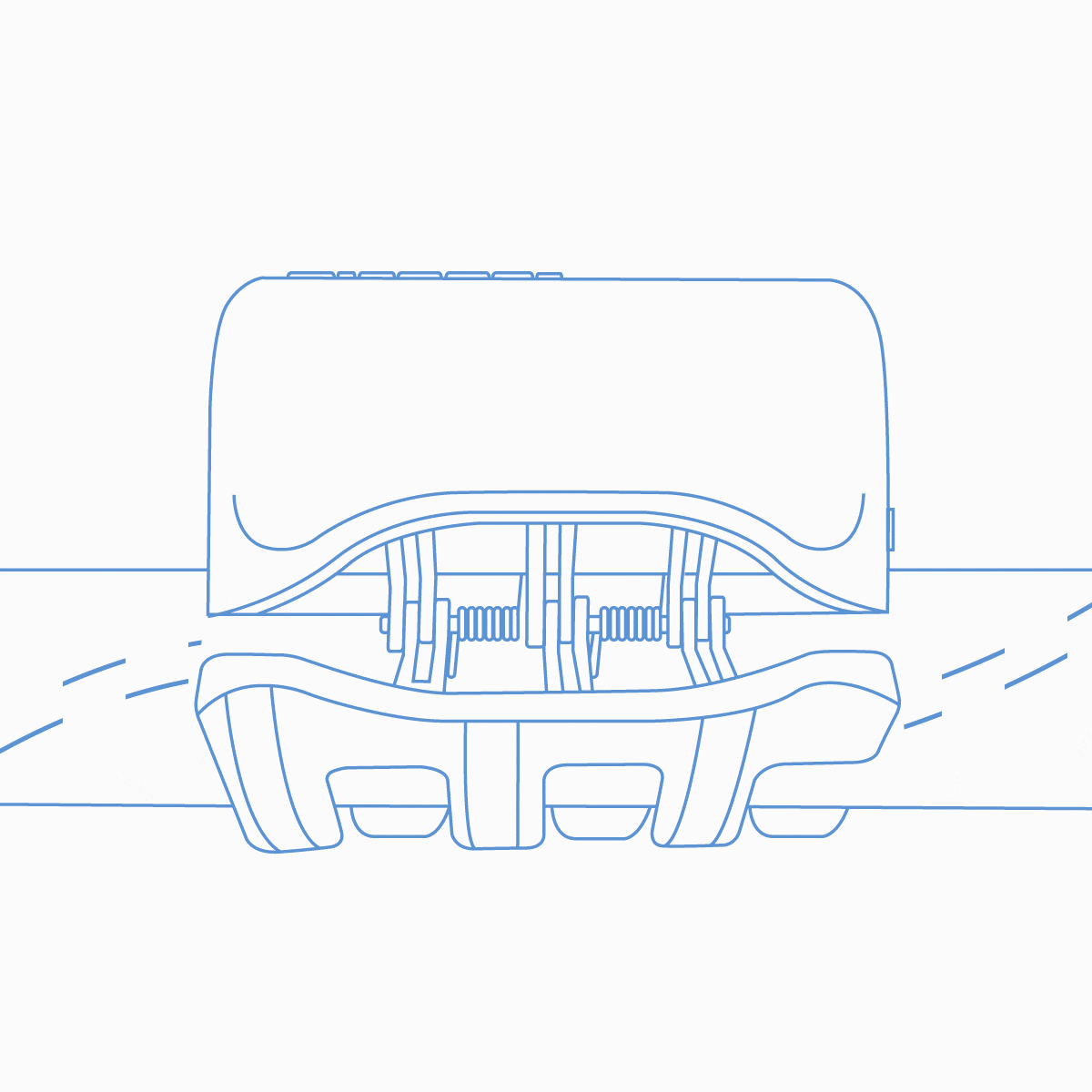When people think of ultrasound they unusually think of the technology used to see an unborn baby in the womb. It is interesting to think that over the last 60 years, ultrasonic technology has evolved to accurately and reliably measure fluid flow as well. Today, transit-time flow meters like the bluebot home water flow meter and app have been innovated so even a homeowner can utilize the unique and powerful advantages of ultrasound.
Invented in 1959 by Shiego Satomura, the first use of ultrasound to measure flow still had medical uses. Satomura designed an ultrasonic flowmeter using the Doppler Effect for use in blood flow analysis. Doppler ultrasonic flowmeters measure the velocity of a fluid with ultrasound to calculate volumetric flow. Doppler ultrasonic flow meters are extremely effective in applications involving dirty process fluids that are water-based or sonically conductive. This limited their broader use in industrial applications.
Over the next 30 years, ultrasonic flow measurement technology evolved. However, it wasn’t until the mid-1990s that Transit-Time ultrasonic technology emerged as the leading ultrasonic flow technology as it does not depend on dirty or sonically conductive fluids to operate.

Transit-time ultrasonic flow meters measure the difference in time from an ultrasonic signal transmitted from one upstream transducer until it crosses or “transits” the inner pipe and is received by a secondary downstream transducer. A comparison between upstream and downstream measurements is then made. If there is zero flow, the transit-time will be the same in both directions. When flow is present, sound moves faster traveling with the flow and slower if moving against it. The difference in the upstream and downstream transit-time measurements is used to calculate the flow through the pipe.
Three versions of transit-time flow meters are used in industry today. These are in-line, insertion and clamp-on. In addition, industrial versions can measure both gas and liquid. The most accurate transit-time flow meters are in-line, multi-path flow meters that use sometimes dozens of ultrasonic transducers for extremely accurate measurement on natural gas pipelines where the meter is used as a billing or custody-transfer meter on the supply of large quantities of natural gas. Custody transfer versions cost from $50,000 to $300,000 each, so they are not ideal for general purpose.
The majority of ultrasonic flow meters used in general industry are clamp-on ultrasonic flow meters. These clamp-on versions measure liquids in industries ranging from industrial manufacturing and petrochemical to facilities management and water/wastewater applications.
The bluebot water flow meter has its roots in general industrial transit-time technology. The current breed of clamp-on ultrasonic meter is highly advanced, with critical improvements such as increased data acquisition speed, speed-of-sound measurement and digital communications. The bluebot capitalizes on the latest advancements in increased signal resolution capability making it capable of measurement down to a true zero flow condition.
Because transit-time clamp-on flow meters attach to the exterior of the pipe, have no moving parts, and are able to measure a wide range of pipe sizes and types with a single unit, the overall cost of ownership is much lower than common inline devices that need to be resized at increased cost as the pipe gets larger.
Try a bluebot transit-time flow meter to start tracking your home water usage today!